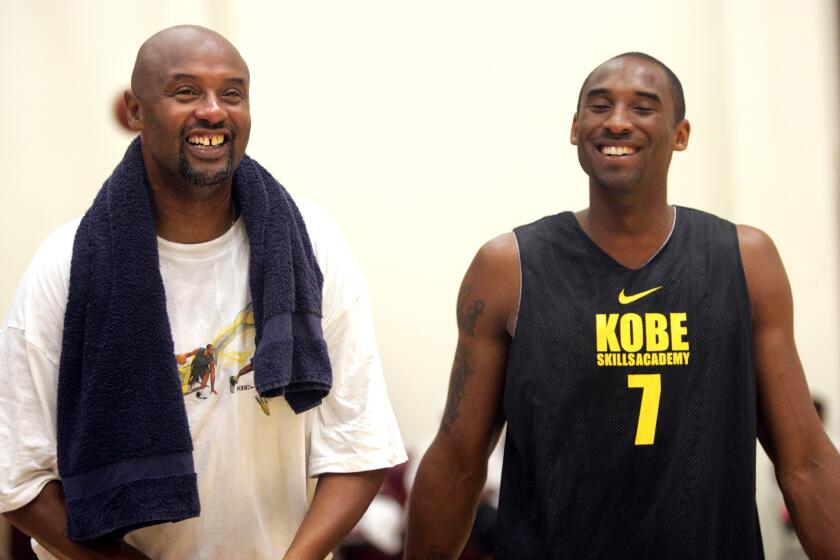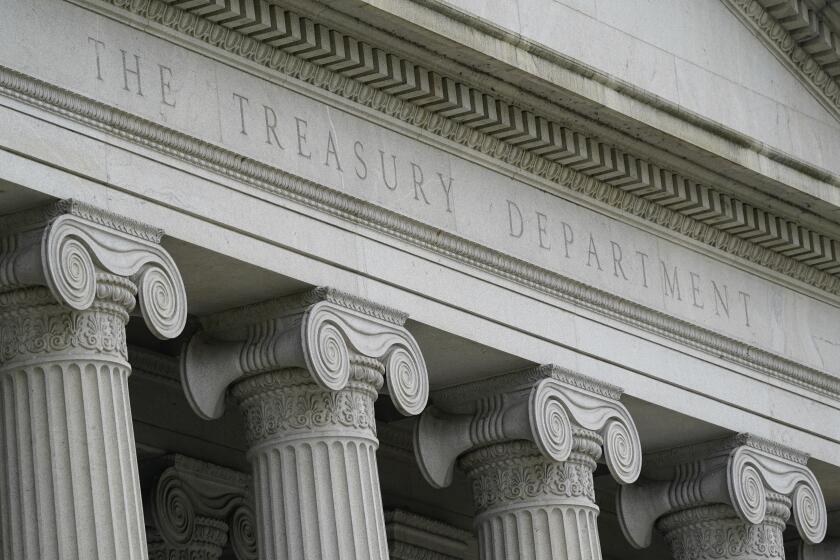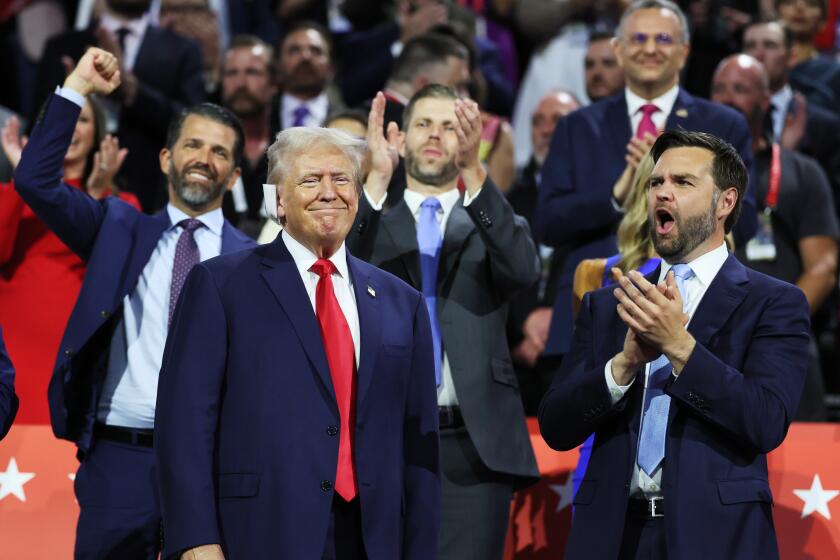Furrier Seeks Chapter 11 Bankruptcy Protection
In a new sign of the financial distress that is wracking the fur industry, one of the nation’s three publicly owned fur-retailing chains on Friday filed for protection under Chapter 11 of the federal bankruptcy code.
The bankruptcy filing by Antonovich Inc. comes only one month after another struggling publicly traded fur retailer, Fur Vault Inc., put itself up for sale. The industry has been battered by two years of slow sales and cut-price foreign competition and also faces increasingly loud protests from animal rights activists.
People for the Ethical Treatment of Animals issued a statement saying workers in its Washington office had celebrated the bankruptcy filing with champagne. “Antonovich’s loss is the animals’ gain,” said Alex Pacheco, PETA chairman. “The ‘90s promise to be a compassionate decade.”
Antonovich, with nine stores in the New York City area, declared assets of $18.9 million and liabilities of $20 million, said its attorney, Irving Goldman. The firm lost $1.7 million on sales of $31 million in 1988 and is expected to post a loss this year as well.
In a statement, the company said “a number of serious problems over the past few months” had “created serious cash-flow problems.” Phil Bell, Antonovich president, added in a statement that the company’s current sales and projections are “encouraging.”
Attorney Goldman said the company’s buildup of debt was the immediate cause of the filing. “The general industry climate had to have some effect as well,” he added.
The fur-retailing industry, dominant in New York, has been the focus of many of the protests against fur apparel, and women who wear furs in the city are aware that they may have curbside confrontations with angry animal rights activists. This month, in an opinion-page article in the New York Times, a fur coat owner wrote that she would now be content to wear her fur only when she was in the countryside.
Animal rights activists maintain that their protests have had an effect on industry sales.
But industry officials, while waging a fierce public relations battle against their critics, deny that the demonstrations have had any substantial effect on sales. They say the industry is suffering from the overexpansion by a new generation of large fur retailers and the price cutting of the Asian firms that have moved aggressively into the Seventh Avenue fashion district in recent years.
Sandy Parker, co-publisher of the industry weekly Fur World, said a survey made by the magazine this season showed that unit sales of fur garments were up 10% to 15%. The figures suggested that a cold winter had stimulated demand after two warm years.
But, reflecting price cutting, dollar volume was off about 5% among the survey respondents, and profits were down about 20%, Parker said.
Still, while disputing that the protests were a major cause of the downturn, Parker acknowledged that the attitudes of potential fur purchasers “have got to be affected when they hear stories of protesters’ spraying paint on coats and jeering” fur wearers.
More to Read
Start your day right
Sign up for Essential California for news, features and recommendations from the L.A. Times and beyond in your inbox six days a week.
You may occasionally receive promotional content from the Los Angeles Times.







